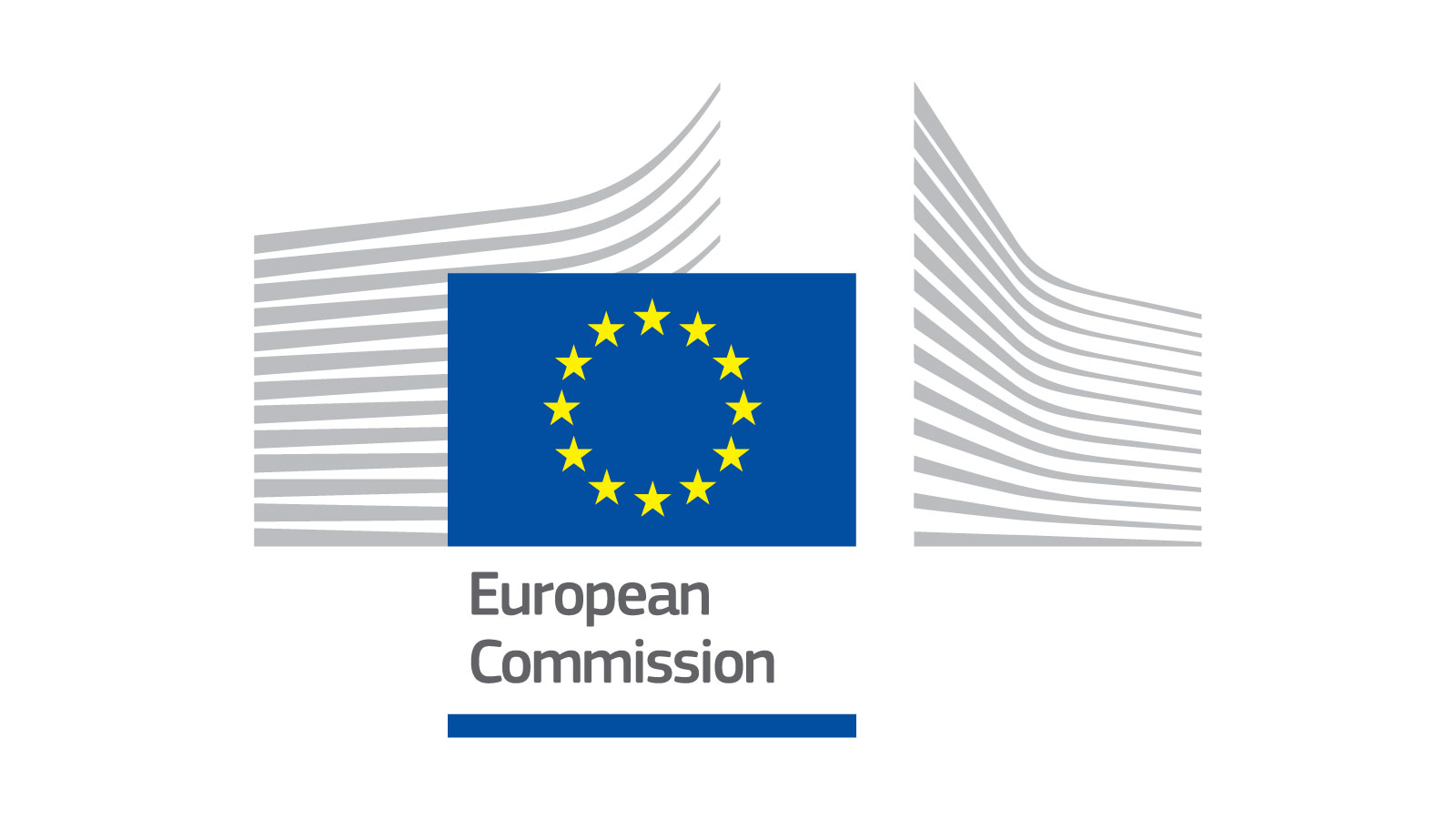EU Declares Welding Fumes Carcinogenic

The European Commission has officially classified welding fumes as carcinogenic by adding them to Annex I of the Carcinogens Directive. This regulatory update highlights the serious health risks welders face, especially when working with materials containing substances like chromium (VI) or nickel. The decision reflects longstanding scientific evidence but now carries the force of law, signaling a renewed commitment to protecting workers in the welding industry.

New exposure limits have been established for substances such as cobalt, polycyclic aromatic hydrocarbons (PAHs), and 1,4-dioxane, which are often present in welding fumes. Employers will now be required to implement strict safety measures to reduce exposure, ranging from improved ventilation to more effective personal protective equipment. These requirements are expected to reshape safety protocols across workshops and construction sites in Europe.
The European Commission estimates that these changes could lead to up to €1.16 billion in healthcare savings and prevent thousands of cases of cancer and other chronic illnesses linked to welding fume exposure. For welders, this represents not just a regulatory shift but a significant step toward healthier and longer careers in the trade.

Industry organizations like the European Welding Association have expressed support for the directive, emphasizing the importance of continuous advocacy and innovation to keep welders safe. The new rules underline that welding fume exposure is not just a workplace nuisance but a critical health hazard requiring decisive action.
Source:




Discussion